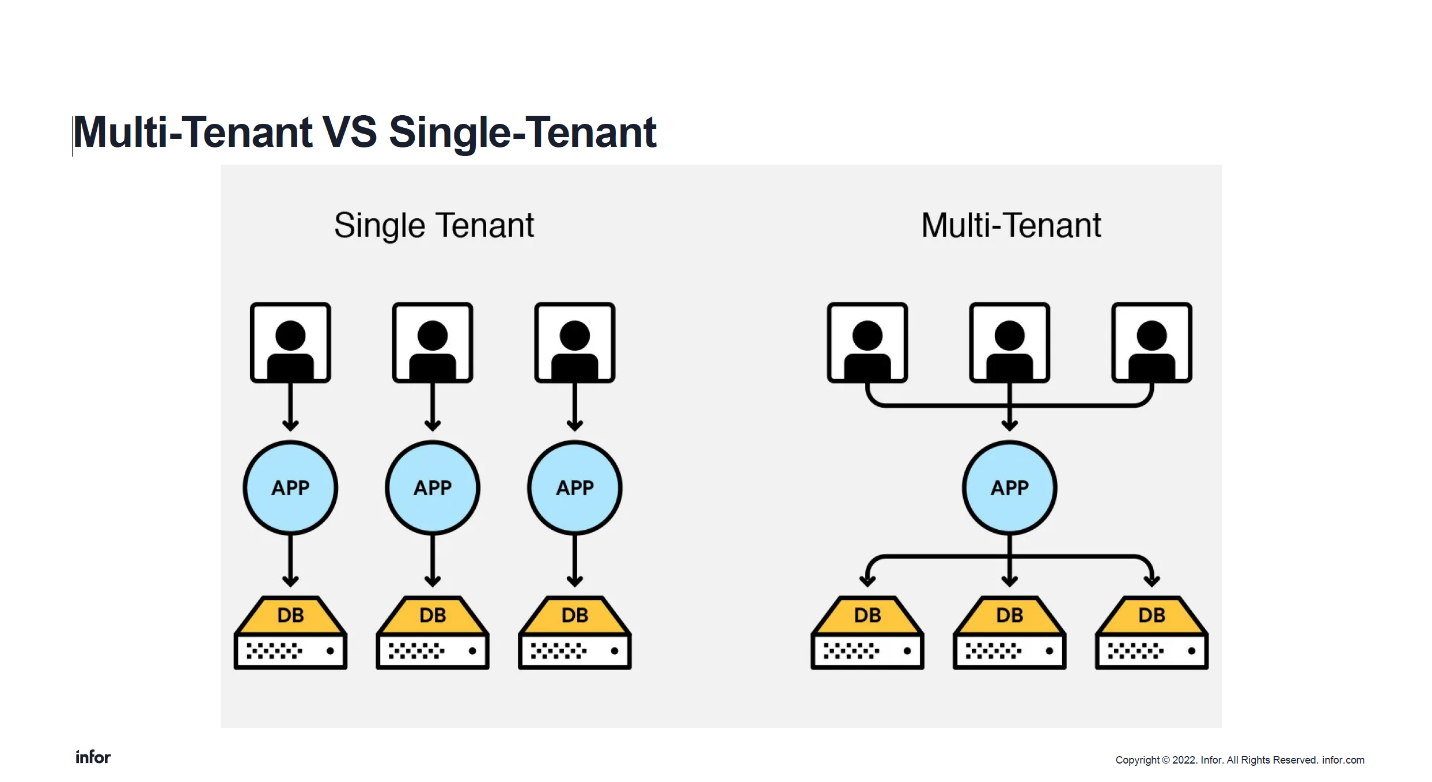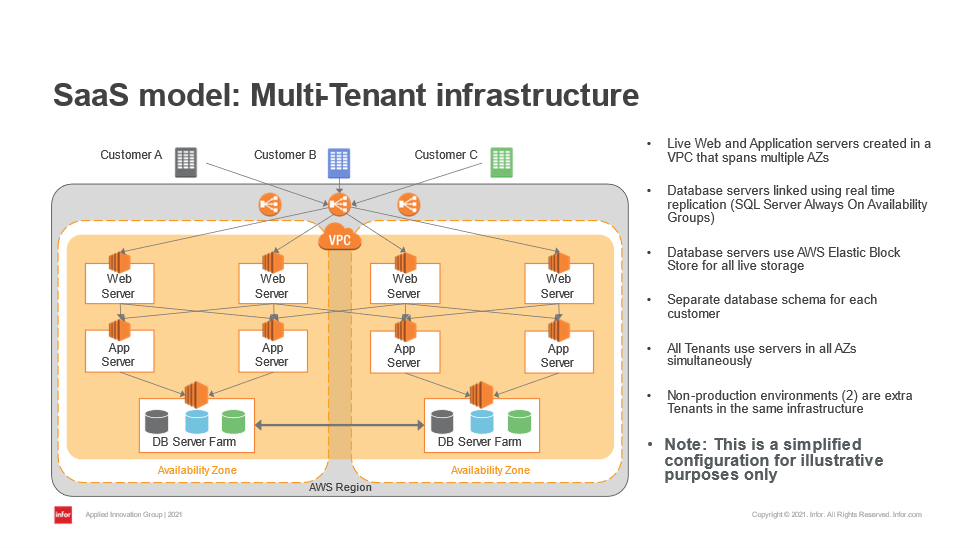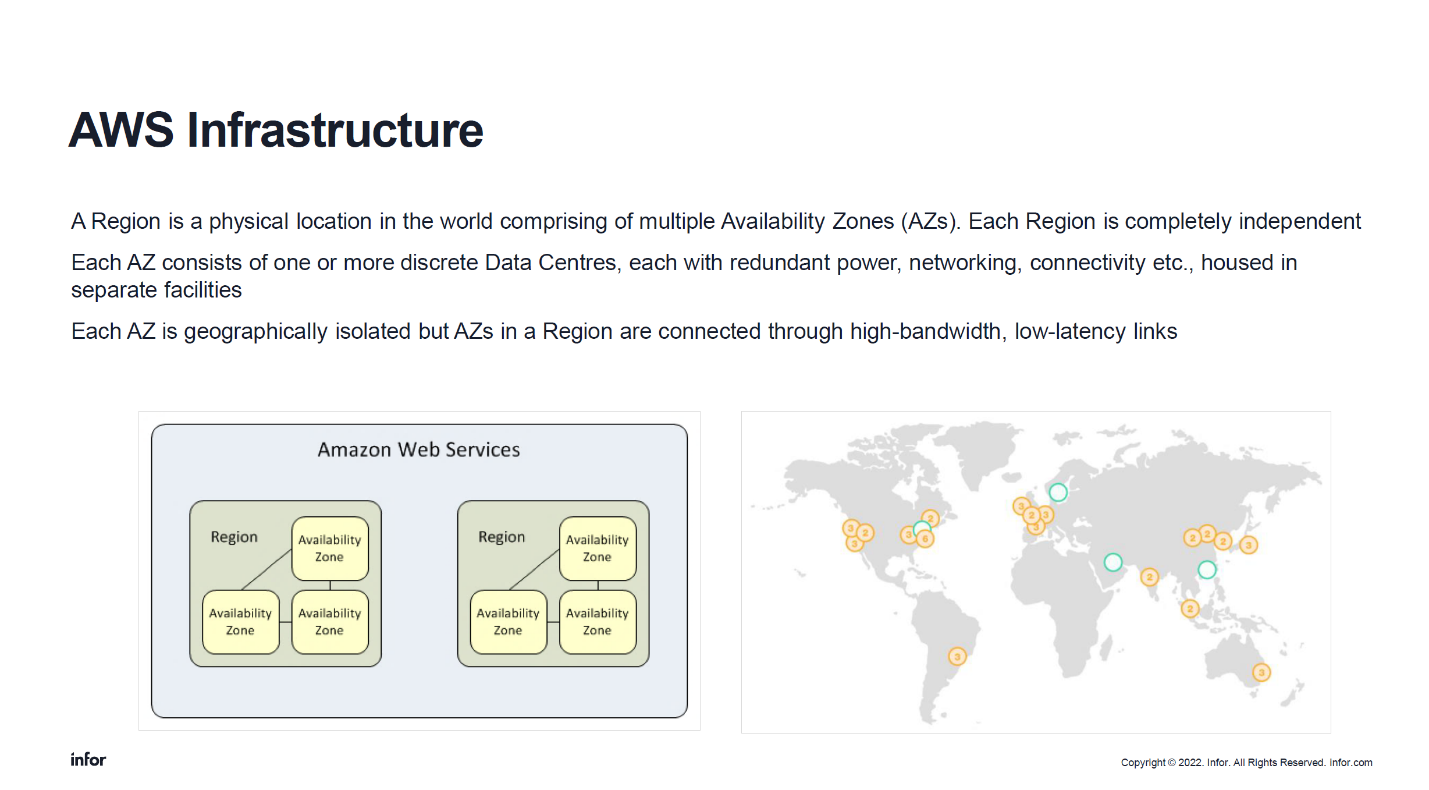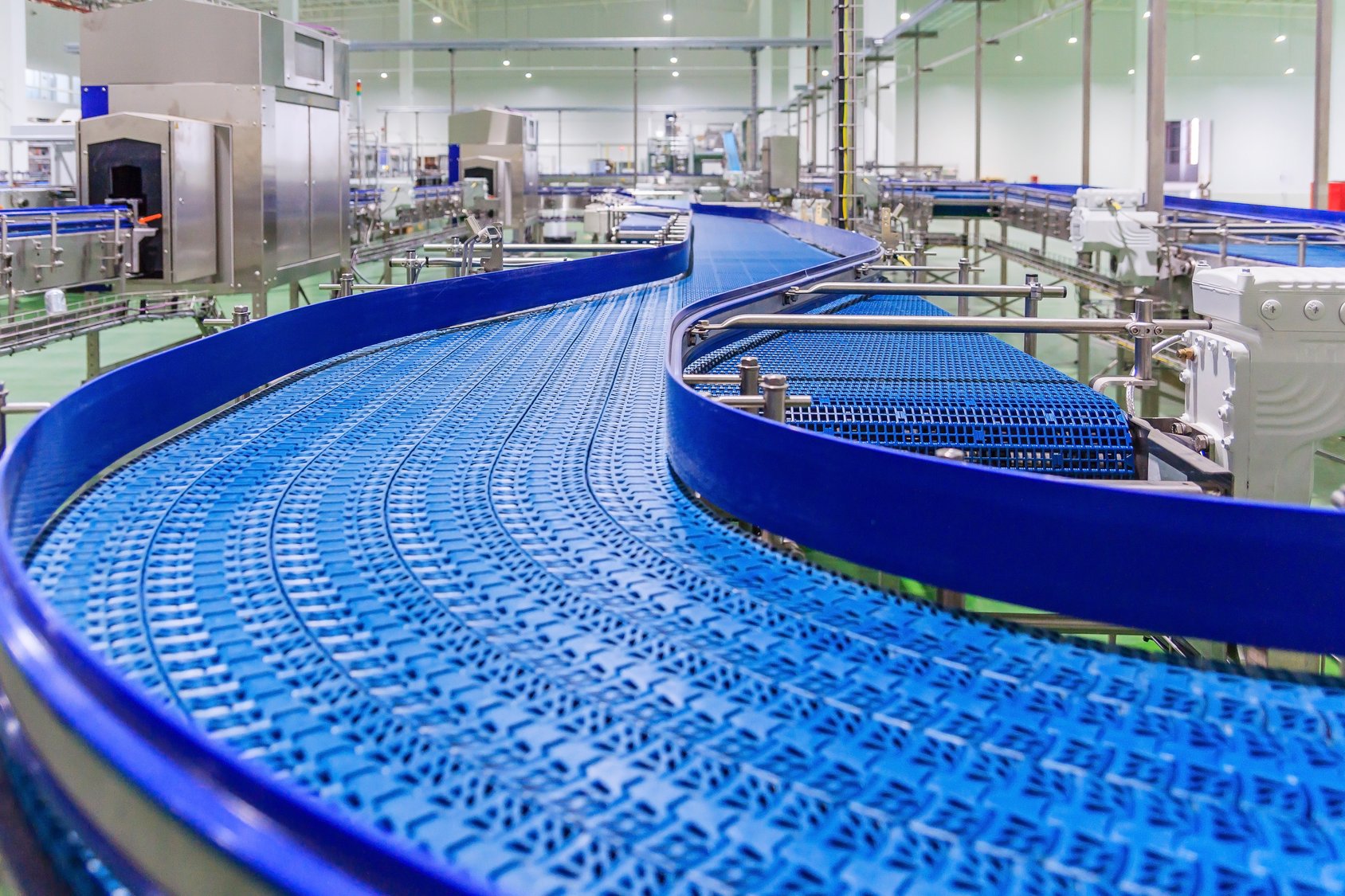The future is bright for the continued growth of cloud ERP
More and more manufacturing companies are moving away from on-premise applications. Cloud-based ERP applications are the future for the industry due to the myriad of benefits: alleviated need for hardware, database, and operating system software; fewer internal or outsourced teams for maintenance; and never having to worry about being on the latest version of your ERP.
Our team has witnessed the growth of the cloud, which was a foreign concept until Plex entered the manufacturing ERP space in 2010 with a cloud model. Then NetSuite came to market and gained market share with aggressive sales, even though it was not (and is not currently) a manufacturing system. Infor entered the cloud market space in 2014 with the introduction of its CloudSuites, and the Visual South team saw the rapidly growing interest in the cloud and adopted Infor.
Virtually all manufacturing ERP companies today provide a “cloud” offering. Of course, not all clouds are the same, but many novice ERP evaluators do not know the difference in the underlying technical infrastructure, and how it can affect them. If you want your company to look to the future, cloud ERP comes in two primary options.
Single-Tenant Cloud:
The single-tenant model is typically used by companies whose software cannot be deployed in a multi-tenant cloud environment. These companies will attempt to tell you that this is the preferred method of deployment, but it is not. Most companies understand that having the multi-tenant structure like those used by Salesforce, NetSuite, Infor, and other market leaders is preferable.
Companies with older technology like Syspro, Global Shop, and even Epicor must rely on the single-tenant hosted model due to not having native browser-based applications, or having too complex of an architecture to make multi-tenant work. You will find other fringe or smaller ERP companies using this model as well.
Some customers may say, “What difference does it make?” The difference is that having a single-tenant cloud model is not economically sustainable. For example, in a single-tenant model, every database must be administered discretely versus economies of mass administration with multi-tenant. In a multi-tenant model, an upgrade or even service pack can be rapidly deployed across all tenants, whereas in a single-tenant mode each database will have to have the upgrade or pack applied. This takes time and that time costs money to administer. Eventually, this software provider will have one of two options where they will either pass the costs to the customer, or fail due to not being a profitable model. That’s common sense.

The takeaway here is that if you are considering a true cloud based ERP application you need to specifically ask about the deployment method, and if taking the risk associated with single-tenant only providers align with the risk associated with this business model.
Basically, you can use the long-standing perpetual software model and license the software with a one-time cost and find one of the hundreds of hosting options, and have your own “cloud” model that these providers offer. This option could be masked as cloud-based ERP too using the single-tenant provider’s logic.
Multi-Tenant Cloud:
This is the preferred deployment method used by the market leaders. As mentioned, Salesforce CRM is the leader in that space and is true multi-tenant. Companies like Infor, Oracle, and SAP provide cloud-based ERP leveraging multi-tenant benefits to their customers.
The costs of administration are much lower, and the time it takes to push new functionality to their customers is significantly faster than single-tenant. This is due to the server infrastructure.

It is safer for the customer because security fixes can be rapidly deployed. There is increased uptime due to the multiple zones that can be used ensuring the system does not go down. For example, Infor has thirteen zones for redundancy on the multi-tenant AWS cloud for its customers. That’s not an option in a single-tenant environment.

Multi-tenant deployments win in every category including security, back-ups, disaster recovery, up-time, and performance.
Related: 5 Signs Small & Medium-Sized Manufacturers Need Cloud ERP
Summary
The future of cloud-based ERP systems looks bright, especially for those who are multi-tenant providers. I would proceed with a high degree of caution with providers who are reliant on single-tenant or hosted solutions. It should be a warning sign relative to technology and sustainability.
For more information about cloud ERP or Infor CloudSuite, please reach out for a free consultation and our team can provide clarity on the best options for your company. Additionally, if you are looking at possibly getting a new ERP system, check out our guide to selecting ERP software.








